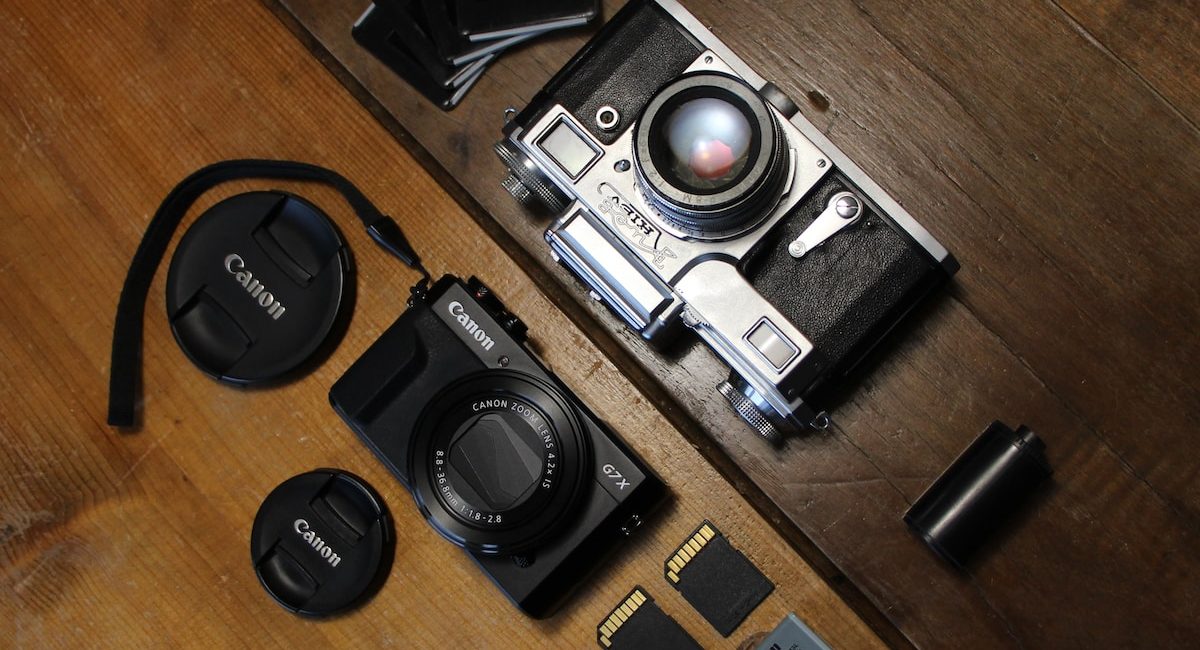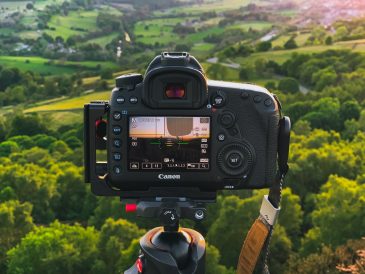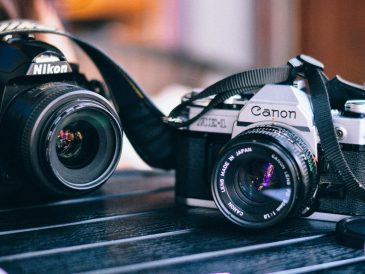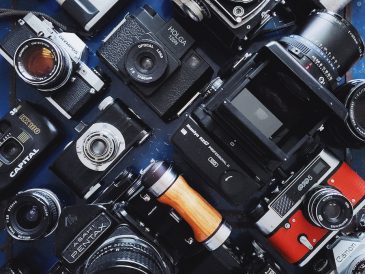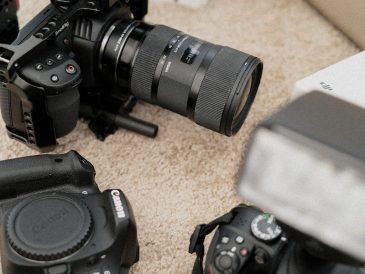If you have a passion for photography and are considering buying a new camera, you’ll want to make sure you choose the best one for your needs. While many smartphones and tablets now have decent built-in cameras, having a dedicated camera can give you more creative freedom when capturing images. Whether you’re a hobbyist or a professional, the task of selecting a new camera can be both exhilarating and overwhelming. To help make your decision easier, this comprehensive guide provides valuable tips on how to choose the perfect camera for you.
Let’s start by looking at the different types of cameras available:
- DSLR Cameras: These cameras use a single lens to frame, focus, and capture photos. They are a popular choice among both amateur and professional photographers. DSLRs have two main components – the body and the lens. They have large sensors, which result in better low-light performance and provide a pleasant background effect, also known as bokeh. Entry-level DSLRs are budget-friendly, and their larger size offers better ergonomics. Additionally, the ability to change lenses makes them highly versatile.
- Mirrorless Cameras: These cameras are lightweight and compact, making them great for on-the-go photography. They don’t have a mirror like DSLRs, resulting in better image stabilization and less shaky photos. Mirrorless cameras can have either fixed or interchangeable lenses and often come with APS-C or full-frame sensors. With fewer moving parts, mirrorless cameras are also quieter and more discreet.
- Compact (Point-and-Shoot) Cameras: Compact cameras are lightweight and easy to carry around. They have fixed lenses and are simple to use, making them ideal for casual photographers.
- Bridge Cameras: Bridge cameras are smaller than DSLRs but larger than compact cameras. They usually feature a high-magnification zoom lens and offer manual controls. Bridge cameras come with smaller image sensors and an electronic viewfinder (EVF) instead of an optical viewfinder (OVF).
- Action Cameras: These cameras are specifically designed for capturing footage during outdoor activities. They are small, rugged, and waterproof, with a focus on video capture. Mounting an action camera on your gear provides a unique first-person perspective, often with a “fisheye” angle of view.
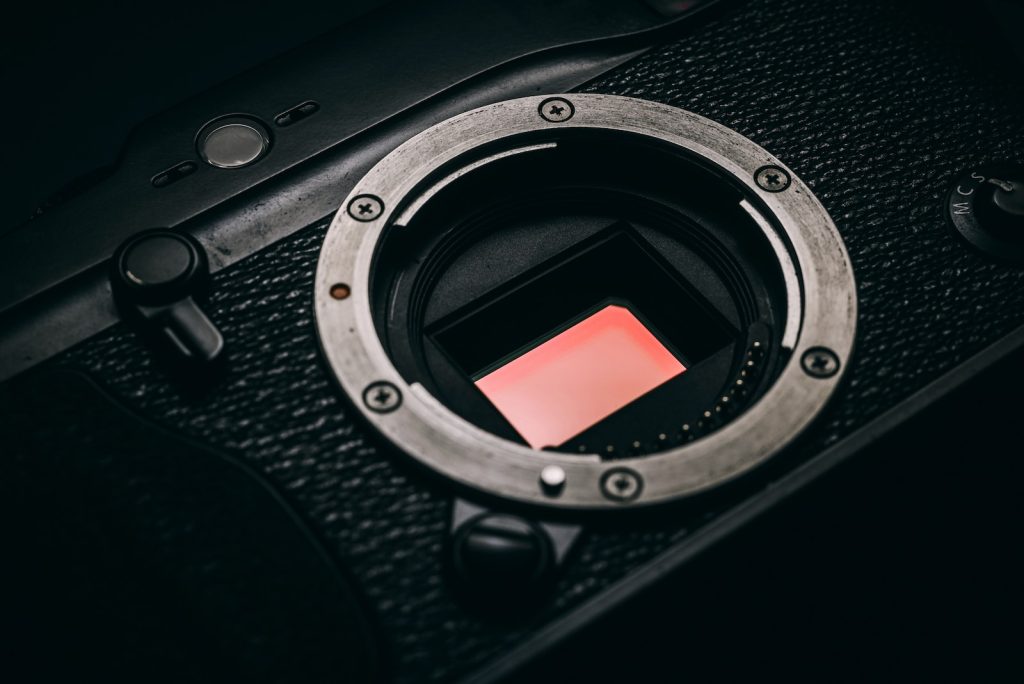
Next, let’s consider image quality, which is crucial when choosing a camera. Judging image quality based on specs alone can be challenging. That’s why it’s important to consider the type of lens a camera has, as it largely affects image quality. Many DSLRs and mirrorless cameras come with kit lenses, which are a good starting point for beginners or hobbyists. These kit lenses offer mid-range zoom capability and variable apertures. However, investing in additional lenses, such as prime lenses and higher-quality zoom lenses, can significantly enhance your photography experience.
The type of lens is another aspect to consider. Cameras can have either fixed or interchangeable lenses. If you prefer the flexibility of changing lenses, opt for a camera with interchangeable lenses. This allows you to explore various creative possibilities and opens up a whole new world of photography. On the other hand, fixed lens cameras are more straightforward to use and generally come with either a zoom or prime lens.
Camera size and ergonomics are also important factors. Keep in mind that the perception of size can vary depending on your experience with cameras. Compact cameras, for example, may feel awkward to use if the buttons are too close together. Consider the ease of transportation as well, especially if you already have a camera bag. Before making a purchase, measure your bag to ensure that the new camera will fit comfortably inside. Some cameras even come with grips to provide optimal comfort during use.
Sensor size is a crucial factor affecting image quality. Digital cameras use sensors to capture images. Larger sensors generally result in better image quality, particularly in low-light conditions. They also offer greater control over depth of field, allowing for desirable background blurring. The three common sensor sizes are: 1 inch or smaller (found in budget compact cameras), APS-C (found in advanced compact cameras, mirrorless cameras, and DSLRs), and full-frame (found in advanced compact cameras, mirrorless cameras, and DSLRs). If you plan to use your camera for professional purposes, it’s recommended to choose a full-frame or advanced APS-C sensor camera.
When buying a camera, it’s important to consider its speed and performance. Autofocus speed, frames per second (fps), startup time, and overall speed ratings are important specifications to consider. A higher fps rating means that the camera can capture more photos per second, resulting in smoother and clearer images or videos. DSLR cameras generally have faster startup times compared to point-and-shoot and mirrorless models.
Resolution is another factor to keep in mind. It is measured in megapixels and directly affects the image quality of a digital camera. If you plan on cropping your photos or printing them on larger surfaces, a camera with higher megapixel ratings would be beneficial. However, it’s important to note that higher megapixels also means larger file sizes, which can affect storage space, transmission time, and editing speed. It’s worth noting that image sensor and pixel size often have a more significant impact on image quality than resolution alone.
For those interested in video capabilities, it’s essential to consider the camera’s video performance. While almost all modern digital cameras can shoot videos, the specifications can vary. Features to look out for include frame rates (such as 30fps, 24fps, or even higher for slow-motion effects), image stabilization (in-body or in-lens), 4K video resolution (for improved quality on compatible devices), external microphone inputs (for better audio capture), recording duration limits, rotatable LCD screens (for easy self-recording), HDMI output (to connect to external devices), and other features like battery life, manual shooting modes, auto modes, high ISO performance, memory slots, wireless connectivity, and touchscreens.
By considering all these factors, you can make an informed choice when buying a camera. This comprehensive guide has covered everything you need to know so that you can fully enjoy your photography and videography experience. Happy shooting!

